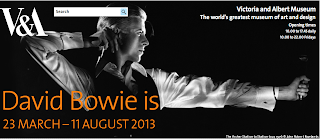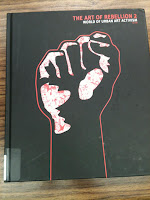The first car museum is on the East Coast of the U.S. It is in Yorklyn Delaware, close to the Pennsylvania border. It is a picturesque automotive museum named the Auburn Heights Preserve. The museum was once home to the Marshall Family. The collection of cars are from the dawn of automobiles, and run on steam power. It is a smaller museum. The antique cars are dated from 1901-1937. Tours are available, with the mansion and the museum tour (for adults) being about $12.
The type used for this museum contains script, serif, and "old" appearing fontfaces. Here is what the site states for the exhibition: Permanent Exhibitions-The Marshall Steam Museum features a variety of exhibits highlighting the evolution of 1) Steam technology in America as well as the 2) Marshall family’s legacy.
http://www.lemaymuseum.org/
Second, is the Le May museum in Tacoma Washington, on the West Coast of the U.S. The logo contains a typeface that (also) contains serifs, however the appearance of the font face is more contemporary, than what is used for Auburn Height's logo. The collection of automobiles are from 1906-1994. It is 165,000 square feet, and 3.5 acres. This museum is more contemporary than the Auburn Heights Preserve. This museum showcases America's 'love' of the driving experience. I like this museum for the aspect that the exhibition catalog would meld well with the aesthetic of the museum.
The museum has events, student tours, community appreciation, concerts, ect. It lists the exhibitions as: Ferrari in America; British Invasion; Indy Cars; and more. The general theme for this museum is cars, cars, and more about cars.
















































